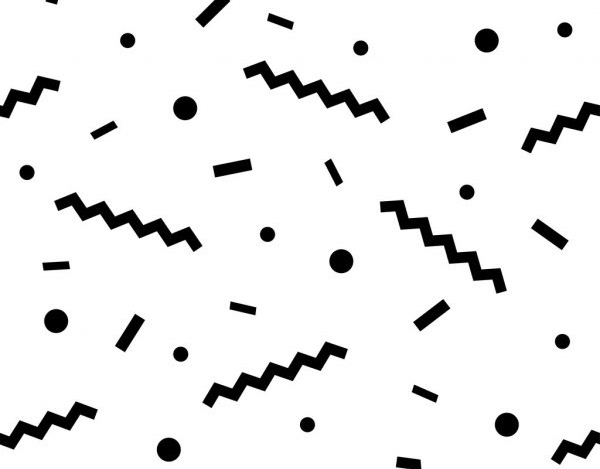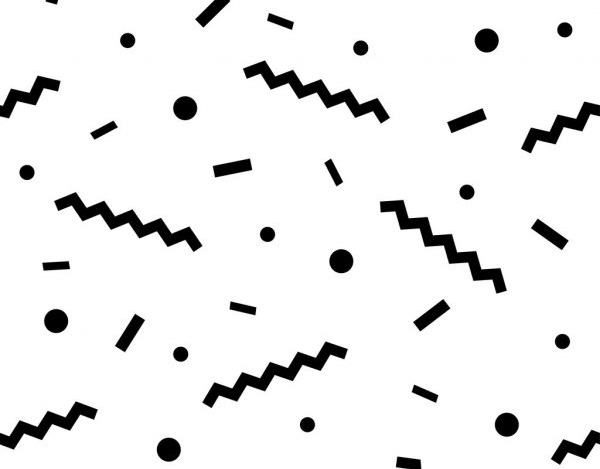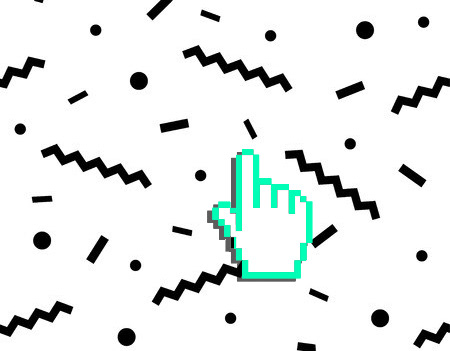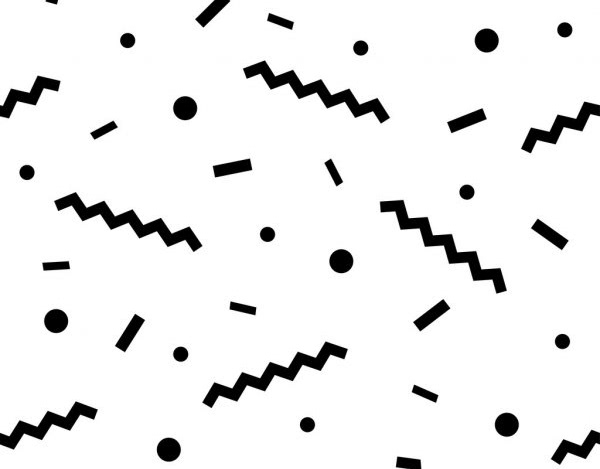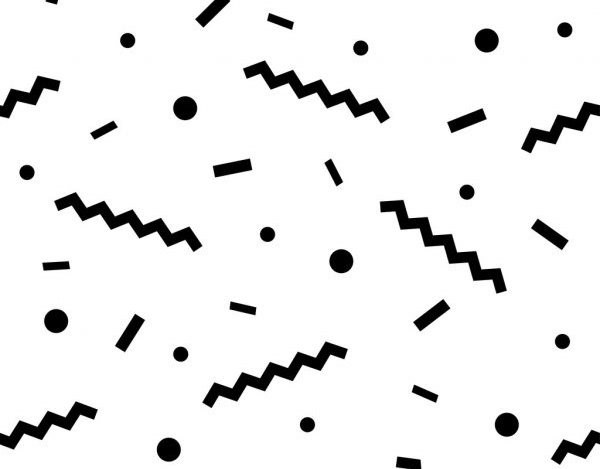INTRODUCTION TO THE SECTION
As a creative person, my inspiration and influences are constantly changing; my favourite designer releasing new work or even the discovery of a new song can all have an impact on what motivates me to succeed.
Solnit explores the complex journey a creative takes from inspiration to finalisation of a piece; the journey does not end with the idea, but merely begins the longer process of motivation to make that idea your own (Solnit, 2006). This section explores the different factors that contribute to my motivations, both intrinsically and extrinsically and offers insight to the reasons for them.
Solnit explores the complex journey a creative takes from inspiration to finalisation of a piece; the journey does not end with the idea, but merely begins the longer process of motivation to make that idea your own (Solnit, 2006). This section explores the different factors that contribute to my motivations, both intrinsically and extrinsically and offers insight to the reasons for them.
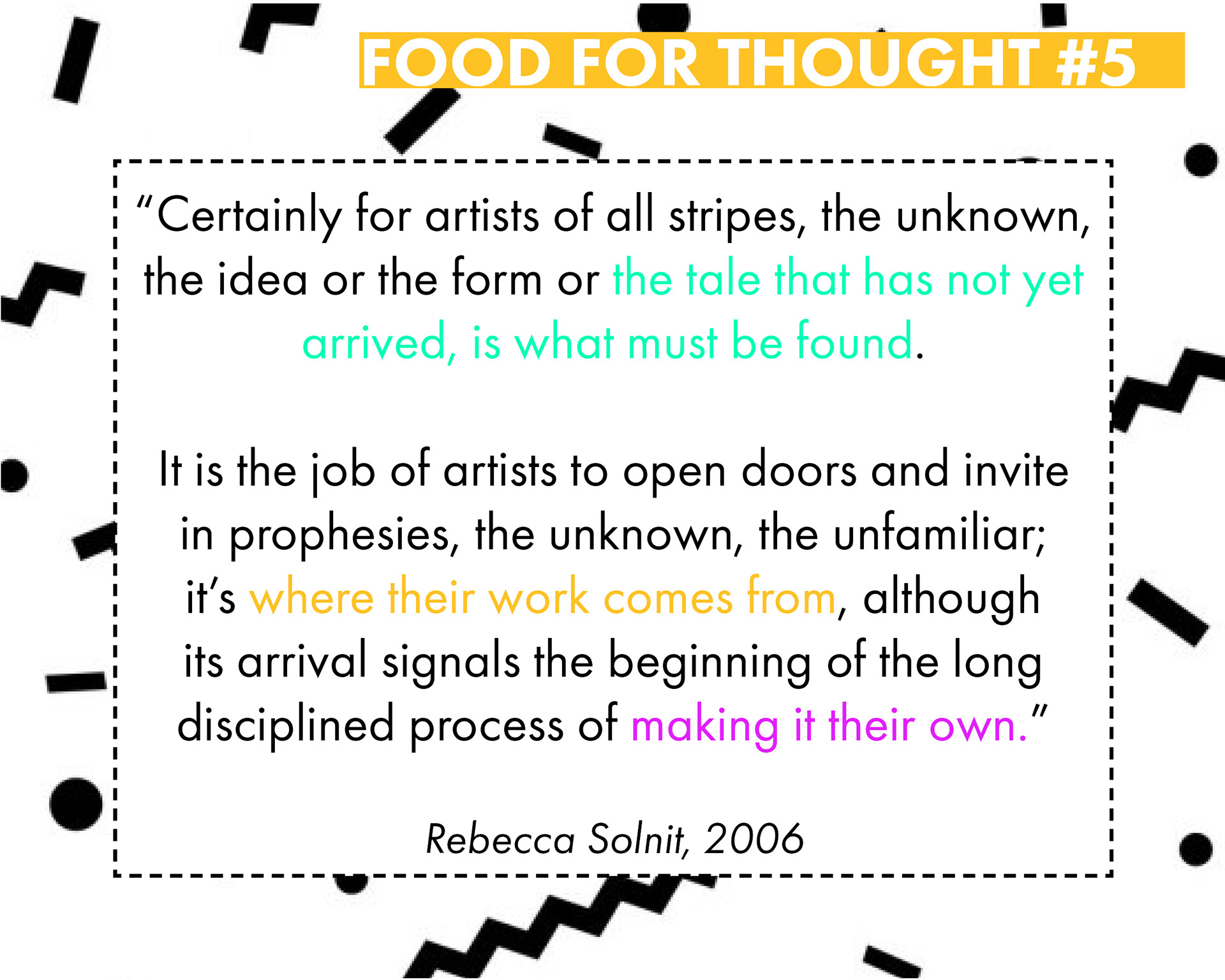
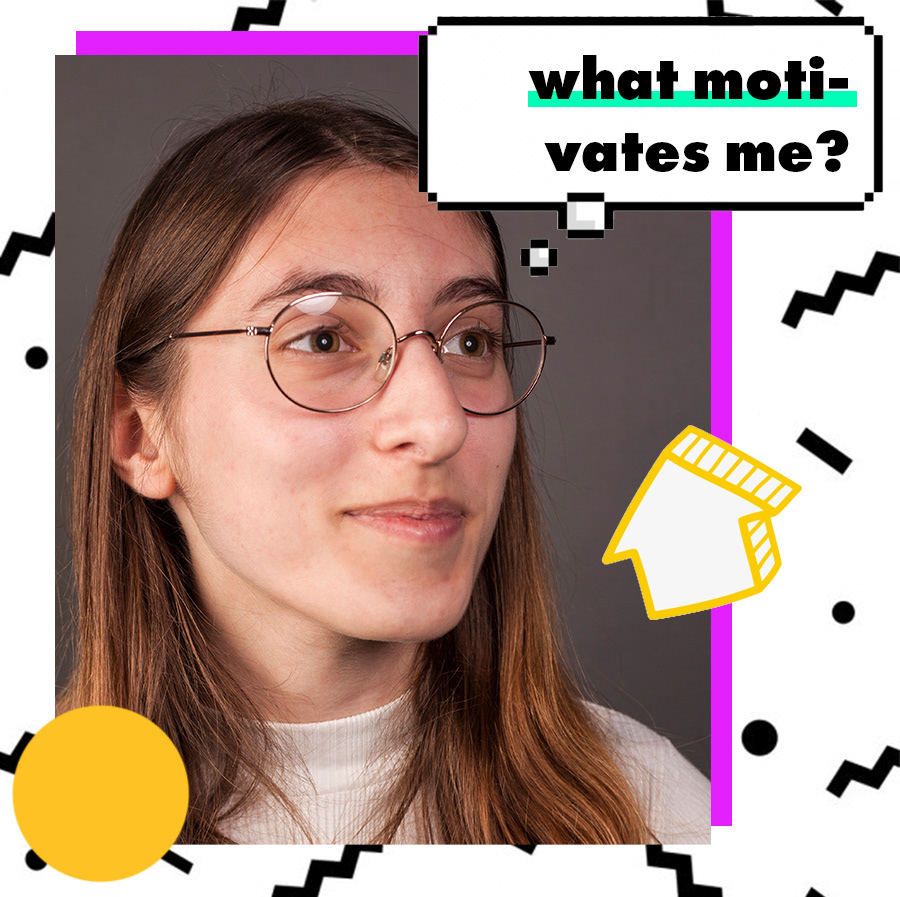
FIGURE 15 - Uner, I. 2020. Zine exploration of personal motivations
RESEARCH ACTIVITY
As defined during my personality and learning research, I am a very creative person who enjoys visuals. As part of my investigation into my motivations, I created a zine that explored what influences me. The idea behind this is to identify trends and themes that all results in 'me'; my personality, my likes and dislikes and through this, my motivations.
As a visual learner defined through VARK and an INFJ creative as defined through Myers-Briggs, I am mainly motivated by creativity and passion; through my zine, we can identify that my personal interests play a role in my motivation, especially in regards to my future when thinking about the type of career I want. As I strive to continue into a PhD and potentially teaching, these career paths are strongly guided by personal choice and interest when thinking about research topics and subject matter.
1. style over substance - as a designer and a learner, I am more interested in the detail and the concept behind it, rather than its function. Although this is easy to contextualise when thinking about product design, it is more difficult to image this on a psychological scale. In my opinion, as a learner and a leader I am more motivated when a project or goal has a strong emotional concept behind it, where something has value beyond economic. My motivations are not just for successful business gains, not just to make money, but to explore and develop my own skills for my own fulfillment; the desire to do a job well, for its own sake (Sennett, 2008).
2. design oriented motivation - I am strongly motivated by my heroes. Klapp (1969) presents the idea that our idols can provide strong motivation through raising awareness of the 'ideal self.' In my case, I believe looking up to designers has encouraged me to better myself and my work, in order to achieve similar levels of success in the industry. I am also motivated by their personal design philosophies, which influences the way I work and the sentiments within my projects, such as emphasis on sustainability or certain materials, and potentially my choice in projects as a leader.
Having explored my personal influences and motivations, it is important to look at what motivates me to do well or even participate in things in the first place. These motivations can fall into two categories, extrinsic and intrinsic, as developed by Deci and Ryan in 2000. A focus group was conducted alongside team members to gain insight into these motivations (Appendix 3). The results of this activity are as follows;
EXTRINSIC
Many of these results link very closely to my Johari Window when thinking about their meaning, or where they come from. Extrinsically, I identified I am motivated by a strong need to achieve highly - within this, I expect good grades and recognition from my success and fear of failure plays a strong role in emphasising this type of motivation. My Johari Window identified a sense of perfectionist within my personality; I feel that there are external expectations for me to do well, which may not always be a positive factor for my learning.
INTRINSIC
Intrinsically, similar motivations present themselves - I personally feel a strongly motivated by creativity and skills building, linking closely to my VARK learning style as a visual learner and my Double Diamond design process that identifies practical, hands-on work as an important factor in my learning. As well as this, I am motivated by my own personal expectations of good grades and high quality work.
FIGURE 16 - Uner, I. 2020. Motivation map adapted from Deci and Ryan, 2000
FIGURE 17 - Uner, I. 2020. Needs Hierarchy diagrams, adapted from Maslow, 1943 and Alderfr
When looking at Maslow's Hierarchy of Needs (1943) we can identify the key motivations I need to learn. Taking the ERG model (1969) and developing it further, I recreated the hierarchy in the same way as the Double Diamond, focusing on the motivations I feel when starting a project as I wanted to create a primary research opportunity that was more suited to my specific career interests. I found that as a basic need, I must have an interest in the subject matter, which can grow into passion as I start defining the brief. Without this, I will not be invested in the project as fully as I would want to be.
Then, to full be involved in a project I like to have some control as a key team member and freedom in terms of the creativity and output. This links well to be team role preferences defined by Myers-Briggs, as both a collaborators are fully involved in the decision making and finishers are able to influence the visual outcome of a project. Finally, a key necessity for me to execute a project is time - although as an INFJ I prefer to be on time to events and arrive early to appointments (Personality Growth, 2018), I also leave deadlines later than I should in certain circumstances which presents a change for improvement.
RECOMMENDATIONS
As identified throughout my motivation research, I believe I am strongly motivated by personal achievement - this feeling manifests itself in a strong work ethic and motivation to produce very high quality work. In terms of my future career, this presents both an opportunity to do well and become a valued team member, but also a risk of becoming too overwhelmed by results. To be a truly effective team member, I need to be able to overcome poor results and setbacks. So, the main recommendation to fully achieve my goals is to work on being motivated for myself and not for the end result; I should enjoy my work for the personal benefits it brings me, rather than the imaginary expectation of high achievement.

